Stories, if well-told, can inspire. Tours of historic sites, like those in Concord, are fertile grounds for inspiration. So it was for Gary Graham, an American fashion designer and artist who visited The Old Manse Museum in 2023.
I had the pleasure of introducing Gary to the museum in a tour entitled, Flipping The Script: The Women of The Old Manse. What followed was the launch of his collection entitled, Tnumarya’s Object Lessons of The Old Manse. The name is derived from Ralph Waldo Emerson who referred to his beloved Aunt Mary Moody Emerson with the anagram, Tnumarya.
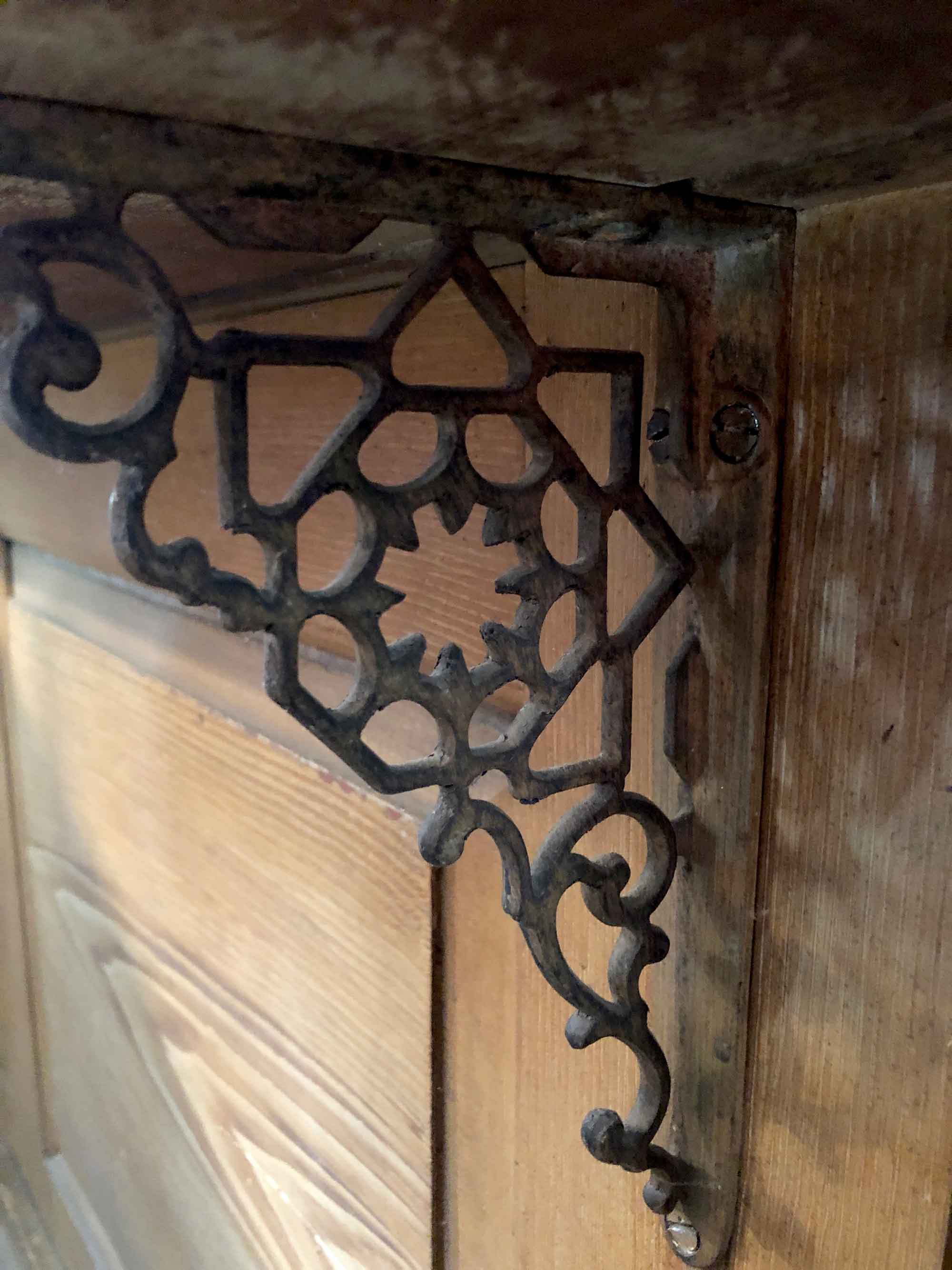 ©Gary Graham Designs
©Gary Graham Designs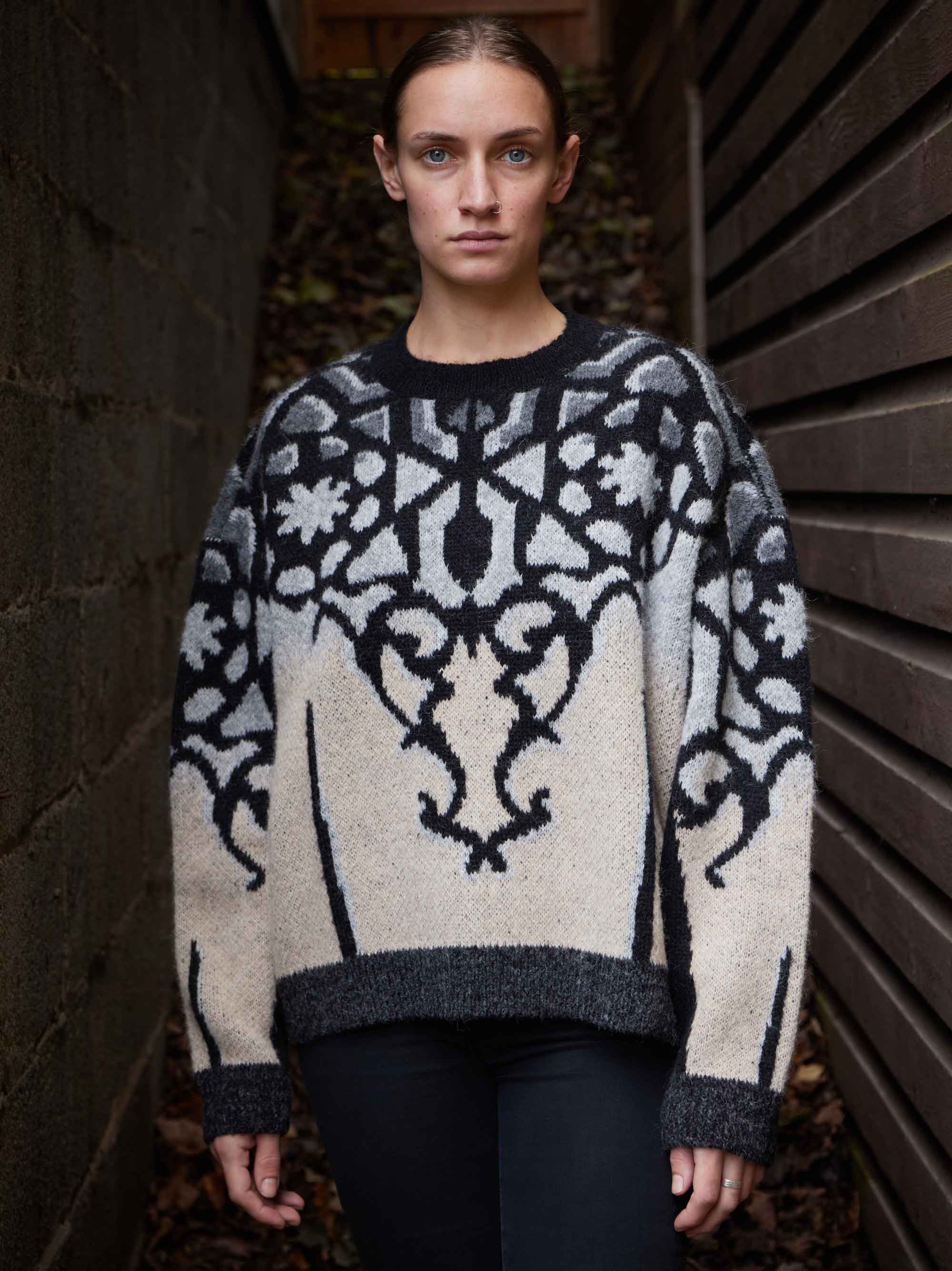 ©Gary Graham Designs
©Gary Graham DesignsManse is a Scottish word meaning home of the minister. Concord’s Old Manse was built for the Rev. William Emerson and his family in 1770 after he became the town’s minister. The same famous family, whose grandson, Ralph Waldo, wrote his seminal piece, Nature, at the manse in 1834, lived there until 1939. Purchased by The Trustees of Reservations that year, the museum home has been open to the public since 1940.
After studying fashion, performance art and painting at the School of the Art Institute of Chicago, Gary worked for fashion designer J. Morgan Puett and for Director Julie Taymor as a costume designer on projects like the award-winning Lion King where he used some of the techniques and skills he still employs like garment dying and cutting. He started his business in 2000, and in 2009 he established his flagship store and studio in downtown New York’s Tribeca neighborhood. There he achieved an instant cult following including Helena Bonham Carter and Parker Posey.
In 2017 he closed his NYC business and relocated to rural upstate New York where he re-launched his line as GaryGraham422. (422 refers to the street address of his boutique and design studio.) There he endeavored to create hand-finished, small-batch garments using antique textiles and custom jacquards. In 2021, Gary was featured as a finalist on season two of the TV series, Making the Cut.
 ©Gary Graham Designs
©Gary Graham Designs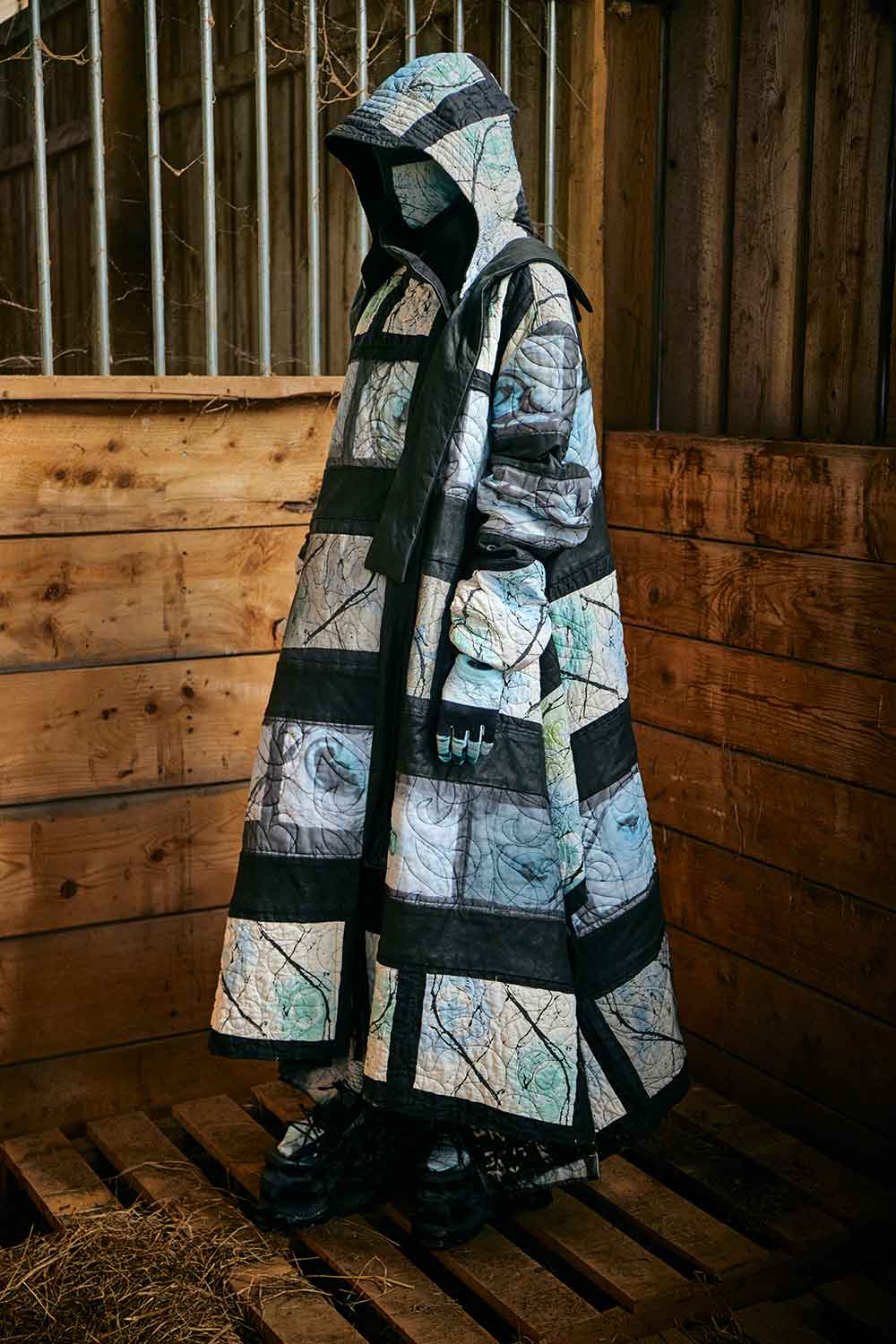 ©Gary Graham Designs
©Gary Graham DesignsIn a recent interview, I spoke to Gary about his experience visiting The Old Manse.
“I’m not an historian, but have always had an interest. I wondered, ‘What was it like growing up in this home?’ The stories of the women really inspired me,” he said. “I kept thinking about the difficulty of the multi-tasking world of these women.” In her journal, Mary Moody Emerson described the home’s grandfather clock as “witness to the grief of widows and the relentless hand of female order.”
“How did these women from that time emerge as independent and creative thinkers?” he wondered.
Sarah Alden Bradford Ripley, who married into the Emerson family and occupied The Manse beginning in 1846, was one such independent thinker. A contemporary of Ralph Waldo Emerson’s, she was a superior intellectual, self-educated teacher and botanist. Her specimens can be seen at Harvard’s Natural History Museum. She was a women denied entry to Harvard by being born female. Yet she became known as one of the greatest Harvard professors who never attended. Rusticants, as they were called, or boys who were failing academically, were sent to the rustic countryside, to Sarah, to be tutored back to Harvard.
Inspired by her botanical pressings, Gary created stunning designs called Botanical Dark and Botanical Light. “I wanted to show the shadow side of classification. The hooded cloaks are not intended to hide,” said Gary, “but to create intrigue.”
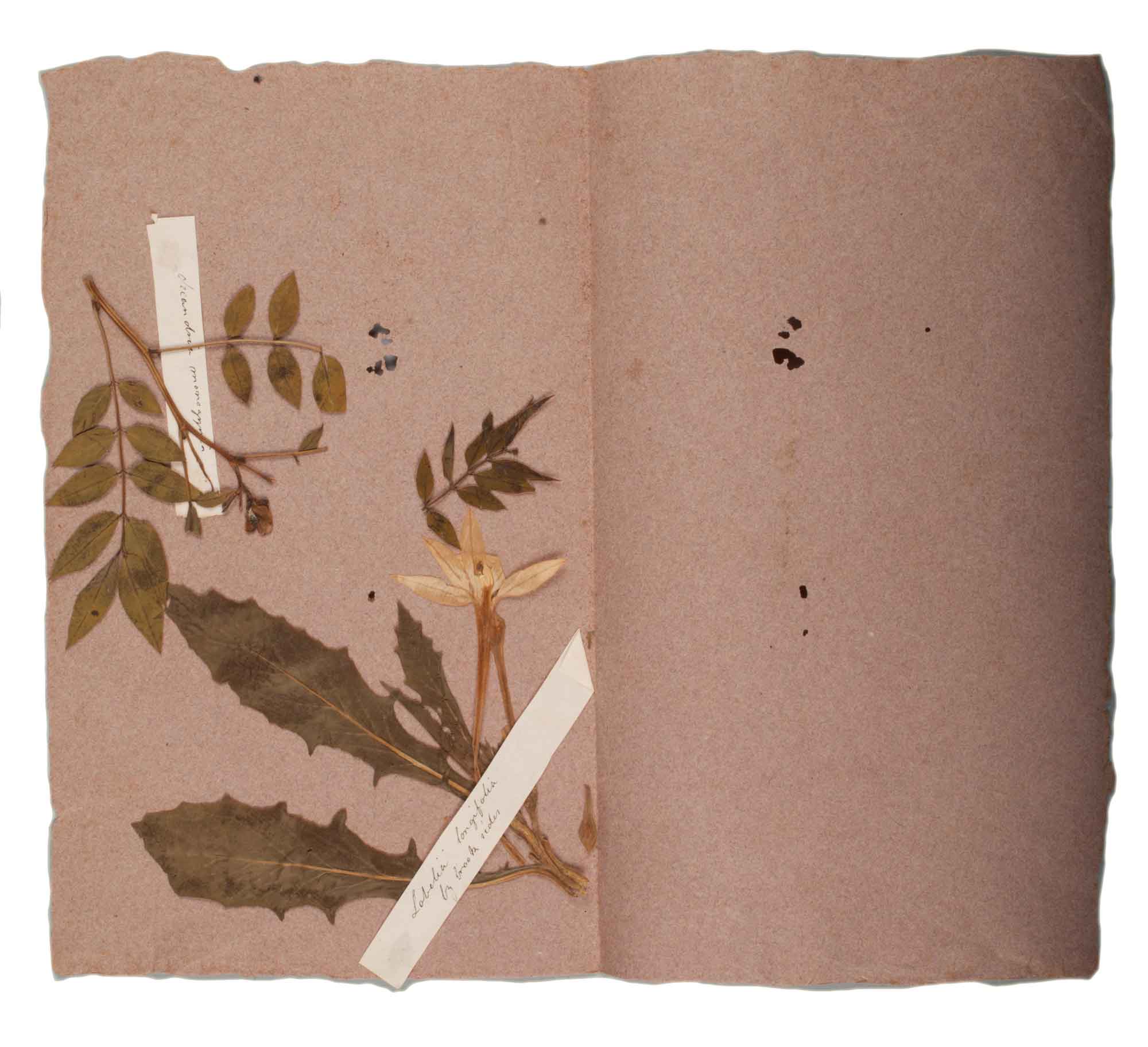 ©Gary Graham Designs
©Gary Graham Designs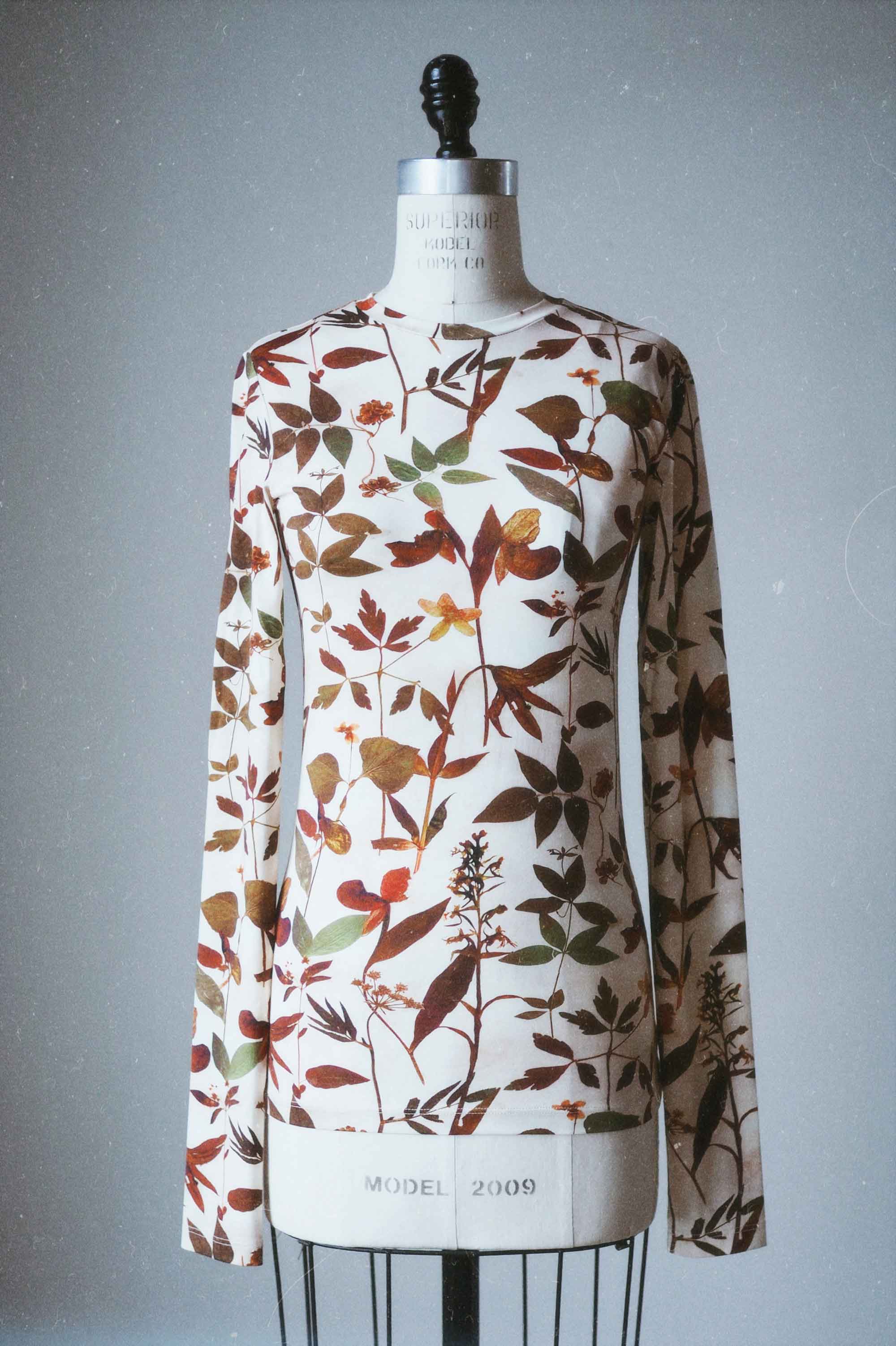 ©Gary Graham Designs
©Gary Graham Designs“These are not period pieces,” he said. “I’m not producing a history lesson but creating garments inspired by the research.” Although not gender-neutral, Gary’s pieces, made with women in mind, draw a wide and diverse audience. “Like many queer little boys, I sometimes liked to dress in skirts and dresses when I was young.” Figures from his childhood imagination emerged and laid the groundwork for his artistic career allowing for an expansive and creative framework.
Consider his fashions inspired from the 1770 bull’s eye windows above the front entry door of The Old Manse. He described seeing them as a time-travelled experience. The design inspiration took him from the camera lense, to a distorted digital print, to quilted analog. “The distortion of the bull’s eye was a way of expressing an ability to see things through someone else’s eyes, to consider another point of view,” he explained. Stunning, blue-hued cloaks and tunics emerged.
“I’m drawn to humble objects, like those we hide in the attic or put on display.” From this came “Bracket,” a sweater design inspired by a simple, Victorian-era bookshelf holder.
Humble is a word I would use to describe Gary. At the height of popularity, he moved from the glitz of Manhattan to the Catskills, to live, as a famous Concordian would describe, “deliberately.” When asked what he liked most about life in Franklin, New York, he said, “the light.” His clothing reflects his interest in history, storytelling, and the roles of women in society. I believe the women of The Old Manse would be well-pleased.
For more information about tours at The Old Manse, including Flipping the Script: The Women of The Old Manse, visit their website at TheTrustees.org/theoldmanse
For more information about Gary Graham Designs, visit his website at GaryGraham422.com

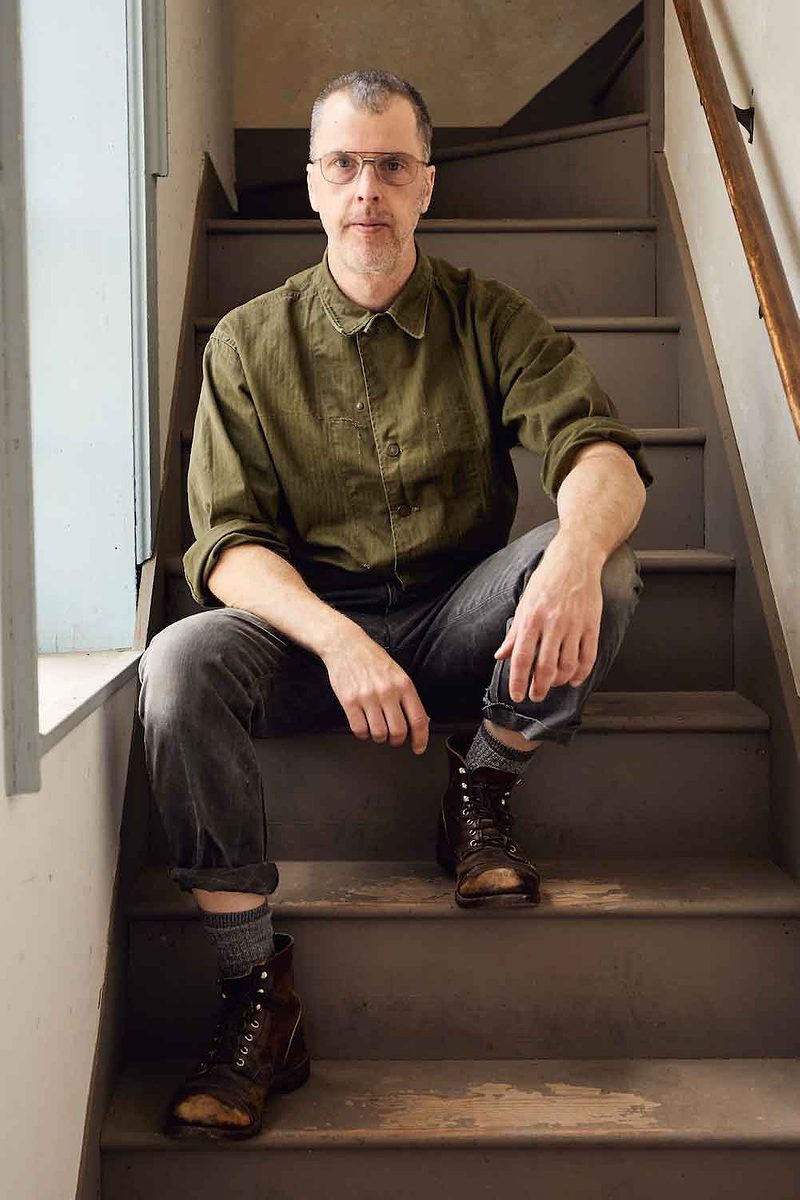
-(1).png?height=300&t=1723217972)